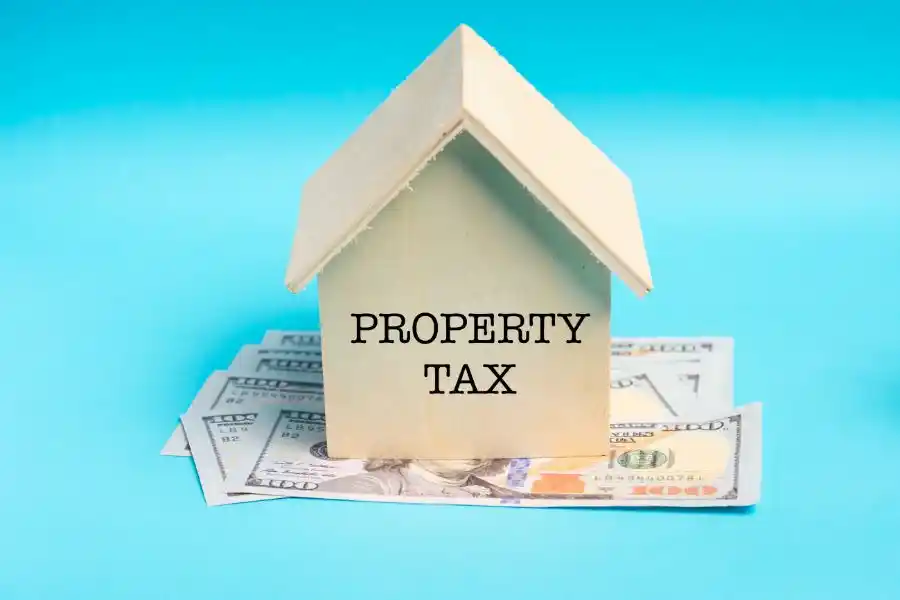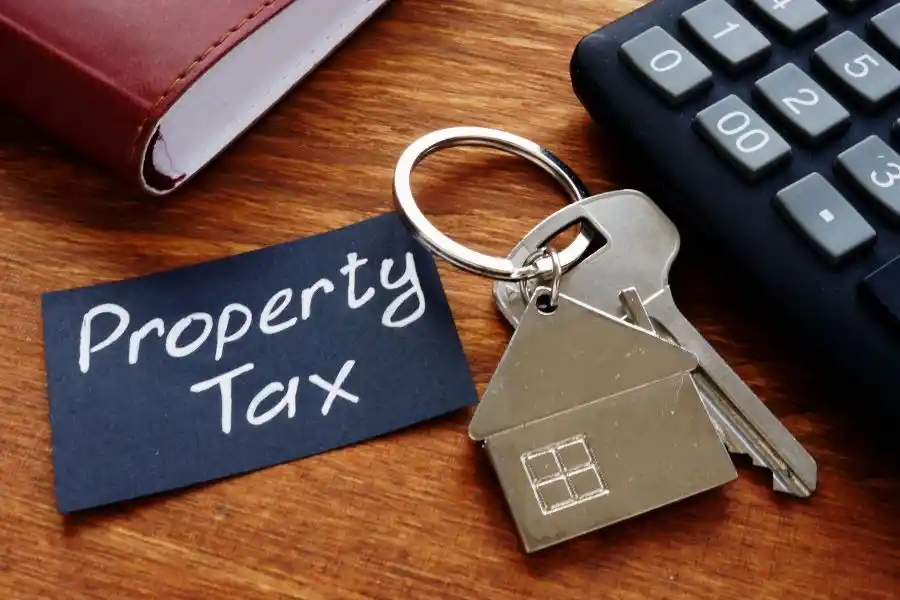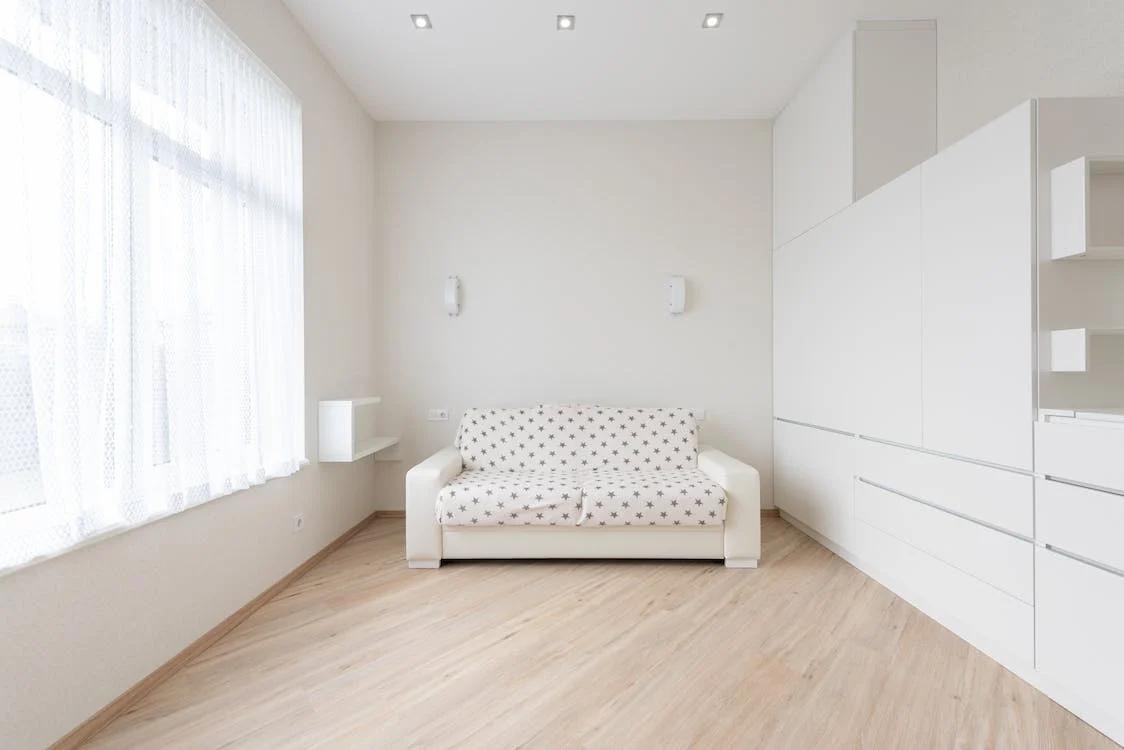Subletting Rules of Your Building
If you own a single-family home or a multi-family property, you will have the final say on who you can rent to. But if you own an apartment in a condo or a co-op, you will have to adhere to the subletting rules of the building. Most condo boards can’t restrict you from renting out your apartment (though there are exceptions), and the most they can do is exercise their right of first refusal and lease the condo themselves. Co-op boards, on the other hand, have the power to limit or restrict subletting altogether. A common practice is allowing co-op owners to rent out their apartments for one to two years every five to seven years.
Rights and Responsibilities of a Landlord
As a landlord, you will be responsible for keeping the property safe and in habitable condition. This includes ensuring all the necessary safety/security measures, fixing any leaks, and making sure that heat and hot water are available in the winter months. Landlords are also responsible for making the property pest/vermin-free, installing window guards, and eradicating mold in the apartment. The landlord has the right to ask for one month’s security deposit and a $20 fee for processing a tenant’s application.
Lease Terms
Knowing how to draw up a lease is an important part of becoming a landlord. Basic lease agreements are available online, and you can modify a template to suit your needs. It’s important that your lease has all the necessary elements, like the lease terms, due date, emergency contact (yours or a property manager’s), and what’s covered under the rent (building maintenance, utilities, if any). If your apartment is rent-controlled, you also have to include a renewal policy in the lease. It should also communicate the necessary building rules.
Cost of Vacancy
Understanding the cost of vacancy might encourage you to expedite the process of renting out your apartment. Accepting a relatively lower rent instead of waiting to find the tenant that will pay you the asking rent might be a prudent financial move.
Calculating The Right Rent Amount
If you own a rent-stabilized apartment, the rent you can charge a tenant will be based on the Maximum Base Rent (MBR) for the apartment. However, if you are renting out a market-rate apartment, the best place to start calculating the amount you should charge your tenants would be the rented apartments in your own building. They would make the most accurate comparison points (comps), especially if they match your apartment in size and condition. You can also conduct online research on the apartments for rent in nearby, similar buildings. It’s important to be realistic about how much rent you can charge for your apartment. But even if you don’t want to lower your rent to meet the changing market needs, you can offer concessions like one rent-free month or cover all or part of the maintenance fees.
How To Vet A Potential Tenant
You should come up with a tenant screening process to identify the right tenants. It’s imperative that your selection criteria don’t have a discrimination element because it’s against fair housing laws and may result in litigation against you. However, you can look into the finances of potential tenants, including running a credit check. You also have the right to ask for proof of income to ensure that a potential tenant can afford the rent and maintenance costs, as well as reference letters endorsing their character.















